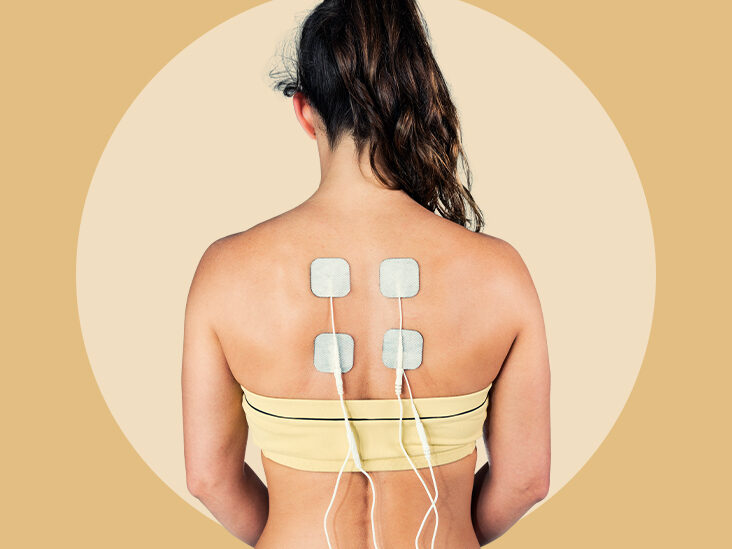The usage of EMS has boosted our intelligence, making us better rehabilitation professionals and instructors. Use of EMS not only helps us to better understand skeletal muscle recruitment characteristics, but it also aids in the diagnosis of peripheral and central nervous system depletion and damage. Patients and clinicians alike benefit from this technology since it may be utilized on both parties. The quadriceps muscular atrophy of an Olympic weightlifter that had a significant knee injury could not be restored by voluntary strength training. The abdominal stimulator is the best choice there.
Essentially, the lifter’s brain was not allowing the muscles to fully engage in the knee joint’s activity when they were doing basic actions like squatting and pulling. Inhibition was used to regulate the program since the brain-to-muscle transmission was not being received. A damaged leg’s quadriceps required two to three times as much electrical energy for contraction as a healthy one, even after we started using emergency medical services (EMS). It also served as a diagnostic tool for when the inhibitory response was waning. This meant that the athlete could resume doing higher quantities of conventional exercise without fear of further knee injury.
An Instance
Due to an increase in conventional exercise, an athlete was able to progressively decrease the amount of electrical muscle stimulation (EMS) current necessary to aid the muscle contract during training sessions.
An intriguing comment was made by Bill Knowles, a reconditioning specialist, that all peripheral injuries are also “brain” illnesses. It is the brain that is affected by muscular damage since it disrupts mental-physical connections. Such connections may be mended by electrical stimulation treatment (EMS), which operates past the brain’s own self-imposed defence mechanisms.
EMS was critical in the Olympic weightlifter’s instance because it allowed the wounded leg’s muscle group to be recruited to its full potential despite the presence of inhibitions and impediments. We were able to do this without putting undue strain on the knee joint, which was a huge plus. As a result of independent and overlay EMS training, the athlete’s knee didn’t display any more difficulties once the recruitment patterns were reestablished and the quadriceps muscle was recovered.
EMS Muscles in the back and the calf
It’s possible that the brain and body’s regular connections might be disrupted by physical or emotional trauma. It is possible to strengthen and restore these connections with the aid of EMS.
If an injury or exhaustion is present, communication between the brain and the body might become distorted. EMS can not only heal these connections, but it can also enhance them. As an additional tool, electromyography may be used to measure the amount of current required to activate the muscles in question. An increasingly decreasing quantity of electricity was required to generate a full contraction as the neuromuscular system improved throughout the rehabilitation process. Measurement of intensity levels on an EMS unit may help determine how far along muscle rehabilitation has progressed in damaged states (and the recovery of the central nervous system).
Four EMS staff help speed up the process of recovery
An EMS device may be a lifesaver for athletes who are too busy to follow recovery and regeneration regimes. Patients benefit from a quicker and more complete recovery with the help of active recovery strategies that increase blood flow throughout the body. Tempo jogging is the best type of exercise for athletes, although interval training on a stationary bike or swimming may help speed up recovery. The rehabilitation process may benefit from additional resources, given that not all conditions are optimal.
Conclusion
The EMS devices may be taken home by athletes after their exercises and used while commuting (though obviously not while driving) or when resting in other activities like reading or using the internet. Pulsing programs are most often used by athletes to target larger muscle areas using the electrical muscle stimulation (EMS) pads. Additionally, this will relax muscles and restore their tone, increasing circulation.




